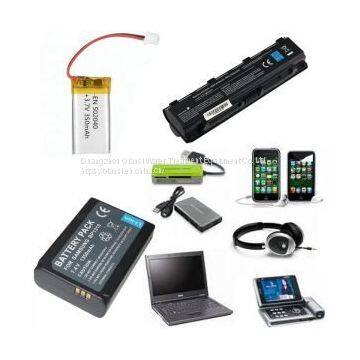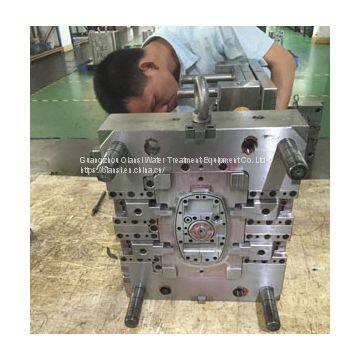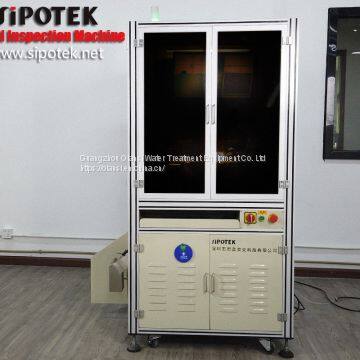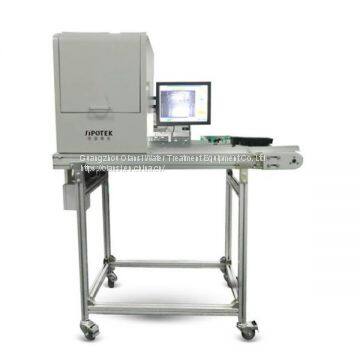WHAT IS LI-ION BATTERY?
A Lithium-ion battery or Li-ion battery (abbreviated as LIB) is a type of rechargeable battery in which lithium ions move from the negative electrode to the positive electrode during discharge and back when charging. Li-ion batteries use an intercalated lithium compound as one electrode material, compared to the metallic lithium used in a non-rechargeable lithium battery.
THE DEVELOPMENT OF LI-ION BATTERY
1991 – Sony and Asahi Kasei released the first commercial lithium-ion battery.
1996 – John Goodenough, Akshaya Padhi and coworkers proposed lithium iron phosphate (LiFePO4) and other phospho-olivines (lithium metal phosphates with the same structure as mineral olivine) as positive electrode materials.
2001 – Zhonghua Lu and Jeff Dahn file a patent for the lithium nickel manganese cobalt oxide (NMC) class of positive electrode materials, which offers safety and energy density improvements over the widely used lithium cobalt oxide.
2002 – Yet-Ming Chiang and his group at MIT showed a substantial improvement in the performance of lithium batteries by boosting the material’s conductivity by doping it with aluminium, niobium and zirconium. The exact mechanism causing the increase became the subject of widespread debate.
2004 – Chiang again increased performance by utilizing lithium iron(II)phosphate particles of less than 100 nanometers in diameter. This decreased particle density almost one hundredfold, increased the positive electrode’s surface area and improved capacity and performance. Commercialization led to a rapid growth in the market for higher capacity LIBs, as well as a patent infringement battle between Chiang and John Goodenough.
2011 – lithium-ion batteries accounted for 66% of all portable secondary (i.e., rechargeable) battery sales in Japan.
2012 – John Goodenough, Rachid Yazami and Akira Yoshino received the 2012 IEEE Medal for Environmental and Safety Technologies for developing the lithium ion battery.
2014 – commercial batteries from Amprius Corp. reached 650 Wh/L (a 20% increase), using a silicon anode and were delivered to customers.The National Academy of Engineering recognized John Goodenough, Yoshio Nishi, Rachid Yazami and Akira Yoshino for their pioneering efforts in the field.
As of 2016, global lithium-ion battery production capacity was 28 gigawatt-hours, with 16.4 GWh in China
LI-ION BATTERY CLASSIFICATION
Classification by Cathode Material / Pro /Con /Application:


LI-ION BATTERY CLASSIFICATION BY SHAPE
Lithium-ion cells are made in various sizes, often assembled into packs for portable equipment. Mainly cylindrical ( steel shell )and prismatic (aluminium shell) .





























 Facebook
Facebook
 X
X
 Pinterest
Pinterest
 Linkedln
Linkedln